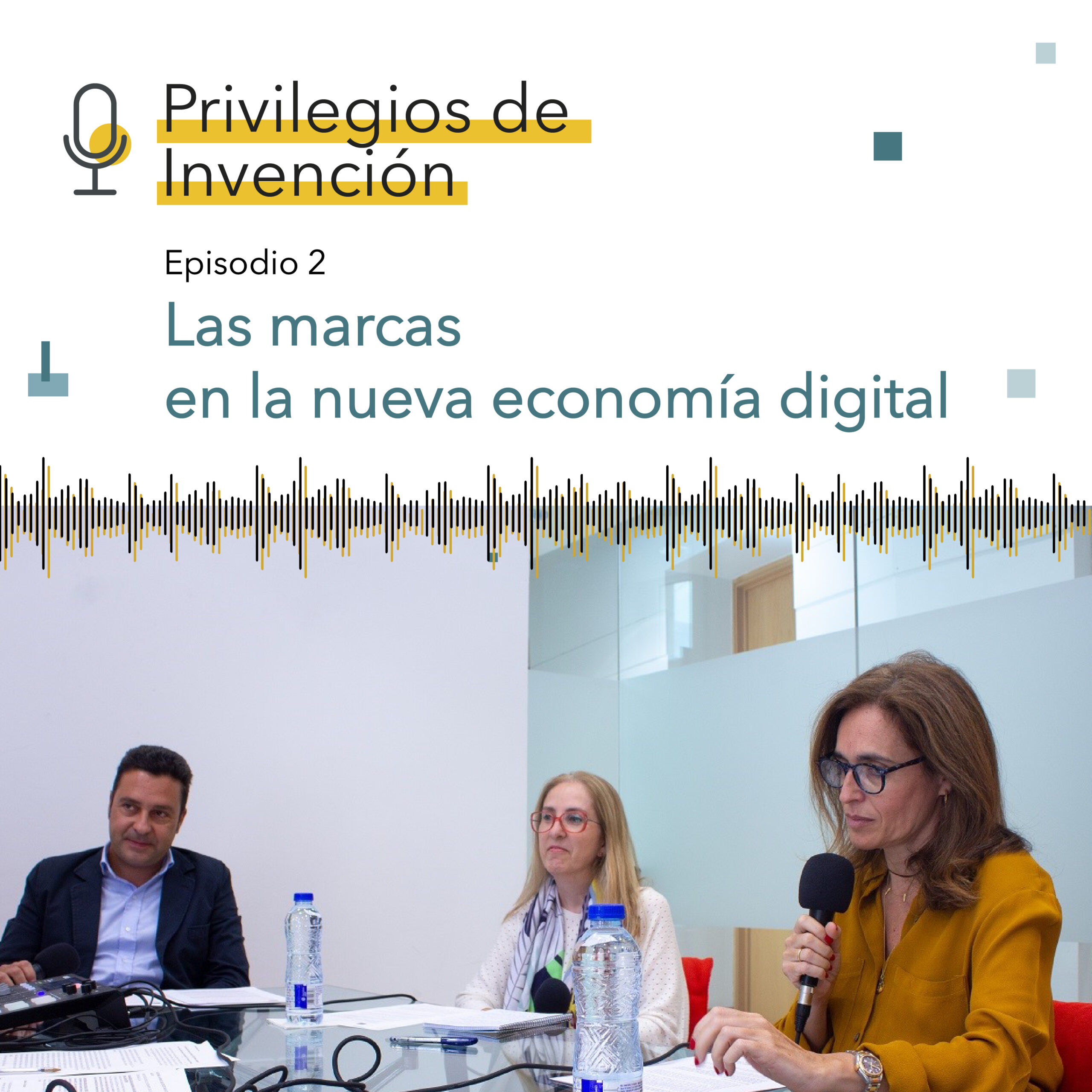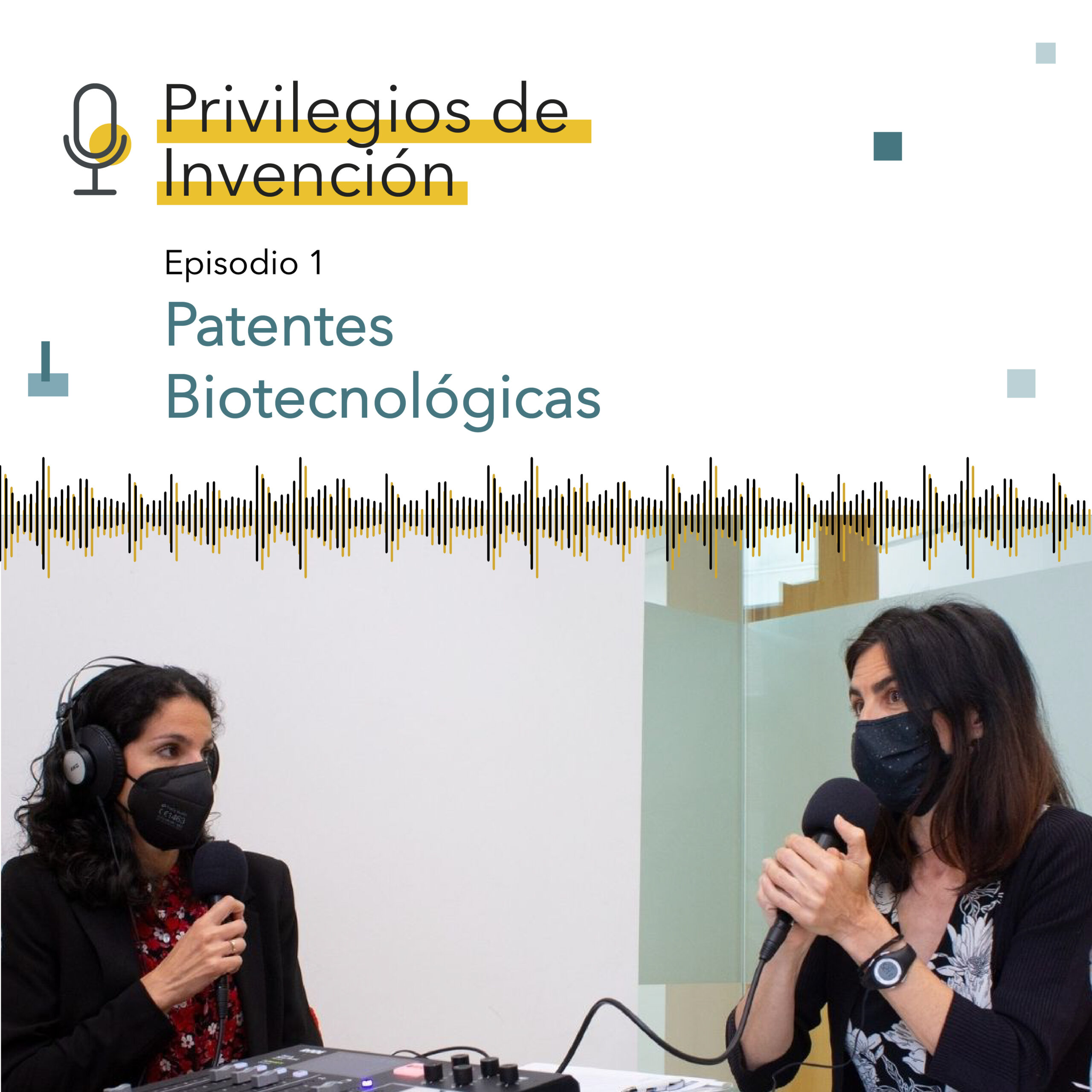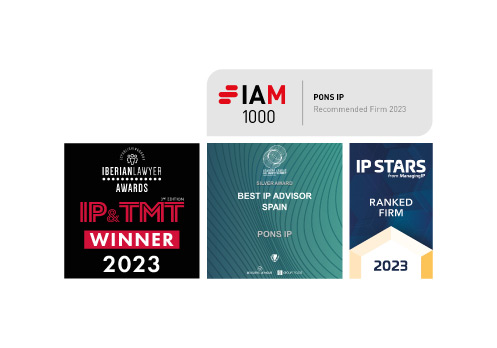Commentary on the ruling given by the Court of Justice of the European Union (3rd Chamber) on 29 November, 2017 (Case C-265/16; VCAST – RTI)
Can a television broadcast be captured and made available to the public by someone who does not hold the proper rights to do so? Can it also be copied and stored in “the cloud” by a user under the limit of “private copy” using the services of a third party (Google Drive, DropBox, iCloud…)? These are some of the questions addressed by this recent judgement given by the Court of Justice of the European Union. This is of enormous significance, since, for the first time, the CJEU is requested a preliminary ruling on the matter of whether the concept of private copy applies to copies made in the cloud.
VCAST’s activity and the controversy with RTI Mediaset Italia
The services provided by the VCAST platform consist of making available to its customers a system for recording television broadcasts which are captured by their own antennas without the consent of the right holders. In addition, VCAST provides services through a website, so there are no territorial restrictions. Once the users choose the contents, they activate the recording in the storage space in the cloud of their choice. Such storage is therefore not registered on VCAST servers, but on those provided by independent providers (e. g. Google Drive).
Among the broadcasts that made up the VCAST material were those of RTI Mediaset Italia (RTI), which informed VCAST of its opposition to this type of use of its broadcasting.
In view of the uncertainty surrounding the legality of such activity, VCAST brought an action against RTI before the chamber specialised in corporate law of the Tribunale di Torino to obtain a judgment stating that such activity was lawful. Its main argument was that its action fell within the private copy limit provided for in Article 5 (2)(b) of Directive 2001/29, properly transposed into Italian national law. RTI replied to the complaint by denying the legality of VCAST’s activity and by filing a counterclaim seeking injunctive relief and damages.
In considering that the settlement of the dispute required an interpretation of the European Union law, the Tribunale referred a request to the Court of Justice for a preliminary ruling, asking in essence whether or not it was compatible with the European Union law a national legislation preventing private companies from offering remote video recording in ‘the cloud’ of protected works without the consent of the right holder and on the basis of the private copy limit to private individuals who actively intervene in the recording.
The Conclusion of the Advocate General
Advocate General, Mr. Szpunar, in his conclusion, begins by endorsing VCAST’s argument based on the application of the private copy limit, to which he devotes an extensive analysis. However, he finally states that VCAST’s argument is declined as the requirement of lawful access by the user to the works object of the copying is not fulfilled.
As it is well known, in order to benefit from the limit of private copy exception, access to the works cannot take place through an act of exploitation carried out without the consent of the right holders. This translates, in the opinion of Szpunar, into the fact that “although the act of reproduction itself may, in principle, be subject to the limit of private copy exception, the same does not apply to the prior act of making available the broadcast which constitutes the source of the copy.”
The Advocate General offers additional arguments to reject the application of the private copy limit exception in this case:
(i) The geographical extent of the service. It is not confined to people who actually have access to Italian terrestrial television broadcasts, but any user, from anywhere in the world, can get access.
(ii) The protection of broadcasters from copyright infringement. VCAST users are a new public that copyright holders did not take into account for the purpose of authorising such broadcasts.
(iii) Non-compliance with the “three-step rule” provided for in Article 5 (5) of Directive 2001/29. In the Advocate General’s opinion, the application of the exception provided for in Article 5 (2)(b) of Directive 2001/29 to services such as those offered by VCAST does not apply, as such activity doesn’t meet the conditions set forth in that Article.
In conclusion, the Advocate General proposed the Court a preliminary ruling confirming that an activity such as VCAST’s cannot fall within the scope of the exception set forth in Article 5 (2)(b) of Directive 2001/29, since VCAST makes the content of RTI available without proper consent and, therefore, such content to be copied by users was not made available from a lawful source.
In turn, the question referred for a preliminary ruling should be addressed, in Szpunar’s view, as follows:
“Article 5 (2)(b) of Directive 2001/29 (…) IS CONTRARY TO the national legislation permitting the provision, without authorisation from copyright holders, of an online recording service for television broadcasts freely accessible by land within the territory of that Member State, where it is the service provider and not the user itself who captures the terrestrial broadcasting signal from which the recording is made.[1]”
The ruling of the CJEU
The Court of Justice, in a brief summary ruling, essentially takes up the Advocate General’s recommendations, concluding that VCAST makes an unauthorised public dissemination of broadcasts which in no way falls within the private copy limit (it is not a copy), bearing in mind that:
(i) The group of people VCAST addresses constitutes a public, in the sense of the jurisprudence of the CJEU.
(ii) The original broadcast carried out by the broadcaster and that carried out by VCAST “are made under specific technical conditions, using a different means of transmission for the protected works, and each is intended for its public [2]“.
Thus, “transmissions constitute different communications to the public, and each one of them must be authorised by the right holders concerned.”
Considering, therefore, that the dissemination made by VCAST is different from that made by broadcasters, and in the absence of authorisation, it can only be concluded that the dissemination infringes the rights and thus it cannot benefit from the exception provided for in Article 5 (2)(b) of Directive 2001/29. And “it is no longer necessary to examine whether the publics targeted by that dissemination are identical or whether the public targeted by VCAST constitutes a new public.”
The CJEU does not address, as the Advocate General actually does, the assessment of whether the copies made by the users of VCAST, in themselves, and regardless of the unlawfulness of the act of making them available, being this the source of the copies, fall within the scope of Article 5 (2)(b) of Directive 2001/29. This topic is particularly interesting, given the growing success of cloud storage systems and the importance that this particular form of third-party intervention, different from the copier, may have in interpreting the private copy limit.
Finally, the CJEU rules on the question referred for a preliminary ruling by stating that:
“In view of all the foregoing considerations, the answer to the questions asked is that Directive 2001/29, in particular Article 5(2)(b) thereof, precludes national legislation which permits a commercial undertaking to provide private individuals with a cloud service for the remote recording of private copies of works protected by copyright, by means of a computer system, by actively involving itself in the recording, without the right-holder’s consent.”
It should be noted that, although the ultimate meaning of the ruling is the same as that of the Advocate General’s, there are differentiating nuances. Thus, in the case of the Court’s, the wording of the ruling refers more to the existence of a public communication which is different from or independent of that made at source (and unlawful, since it has not been duly authorised by the right holders), leaving aside the arguments put forward by the Advocate General on the new public, or on the different geographical extent of the service provided by VCAST in comparison to the terrestrial broadcasting carried out at source.
Critical Point of View
In general terms, the outcome of the ruling commented here can be endorsed by most of the doctrine. Perhaps, for some, it is quite disappointing that the decision did not rule on whether, in themselves, and regardless of the illicit nature -in this specific case- of the access to the works being copied, copies made ‘in the cloud’ may fall within the scope of the private copy limit provided for by Article 5 (2)(b) of Directive 2001/29, as the Advocate General did in his conclusion.
Let us remember that, if the approach presented by the Advocate General is followed, we would reach the conclusion that the copies of a work that has been lawfully accessed, made in cloud storage systems, could be considered private copies. Therefore, copies made without considering the ius prohibendi of the right holders of works copied, but subject to the payment of the corresponding fair compensation, which, in principle -Mr Szpunar does not address this point- should be paid by those responsible for such cloud storage systems.
This argument could be reinforced by the Court’s own ruling in the Copydan Bandkopi case[3] [(…) Directive 2001/29 does not preclude national legislation providing for fair compensation for reproductions of protected works made by a natural person from or through a device belonging to a third party]. Or, as regards the Italian law, Article 71 septies (1), last sentence[4] of the Copyright Act[5], which, according to the Advocate General, “by subjecting remote recording services to a licence fee, it equates them with the exercise of the limit of private copy exception.”
Therefore, in light of the conclusion arrived by the Advocate General, including questions which the CJEU has not addressed, either consciously or unconsciously, a series of doubts arise:
Firstly, what would happen to the transposition of Directive 2001/29 by certain Member States if, eventually, the CJEU were to endorse this very broad interpretation of the concept of private copy?
Let us take as an example the transposition by the Spanish legislature of Article 5 (2)(b) of such Directive, and this phrase in particular: “copies made by a natural person for private use.” It should be noted that Article 31.2 of our Intellectual Property Law[6] makes it clear that, for a private copy to be considered so, it must be made by a natural person, the copier, to whom the Directive refers in this phrase: “without the assistance of third parties”:
“Without prejudice to the equitable compensation provided for in article 25, the author’s authorization is not required for the reproduction, in any medium, without the assistance of third parties, in the case of works already disclosed, when the following circumstances occur simultaneously, constituting the legal limit of private copy (…).”
Would then national legislation such as the Spanish one, which would literally prevent third parties from intervening in the production of private copies, be contrary to Directive 2001/29 in the scenario described above? To what extent could the participation of third parties other than the copier in the process of copying the works be restricted through the transposition of such Directive?
Secondly, the hypothetical endorsement by the CJEU of the above interpretation would result in a new debtor of private copy compensation: The person responsible for cloud storage services. Since the platforms providing these services are usually not domiciled in the European Union, would it be possible, if appropriate, to apply the European Union Law to them in such a way that they would be compelled to pay such compensation?
Finally, it could be considered what the difference may be between certain acts of reproduction configured as licensed reproductions and those included in this new concept of private copy. Thus, for instance, what would justify the differential treatment of certain licensed copies, such as reproductions authorized by means of a license in an establishment open to the public (the copy that a student makes of certain pages of a manual in a copy shop, for example), with respect to the private copies within the scope of the limit, if the latter concept is so broadly interpreted? In both cases there is a subject who makes a copy of a work that has been lawfully accessed through the assistance of a third party that provides its services in a professional manner. What reasons would justify the difference in treatment between one act of reproduction and another?
We have no choice but to leave all these questions unanswered, pending a forthcoming ruling by the CJEU to shed some light on whether or not to include them in the limit of private copy for copies made in the cloud.
[1] The underlining is ours.
[2] Judgement of 7March 2013, ITV Broadcasting and Others, C‑607/11, EU:C:2013:147, paragraph39.
[3] C-463/12, EU:C:2015:144), apartado 91.
[4] “Per i sistema di videoregistrazione da remoto il compenso di cui al presente comma e dovuto al soggetto che presta il servizio ed è comissurato alla remunerazione otenutta per la prestazione del servizio stesso” or, in English, “in the case of remote video recording systems, the fee referred to in this paragraph shall be payable by the person providing the service, in proportion to the remuneration obtained for the provision of the service itself” (private translation).
[5] Act No. 633, 22 April 1941, on the Protection of Copyright and Related Rights (updated as amended by Legislative Decree dated April 30, 2010).
[6] Royal Legislative Decree 1/1996, dated April 12,1996, approving the consolidated text of the Law on Intellectual Property, regulating, clarifying and harmonizing the legal provisions in force in this area.
By Violeta Arnaiz. Attorney.




